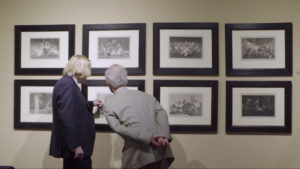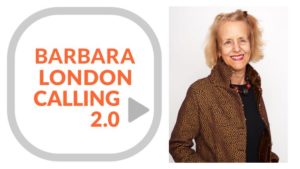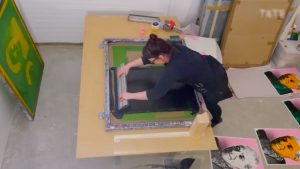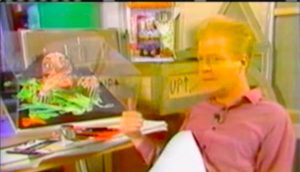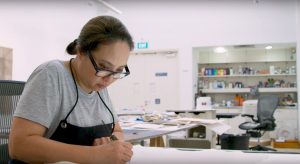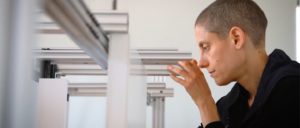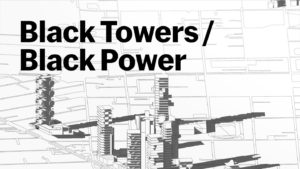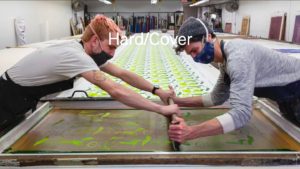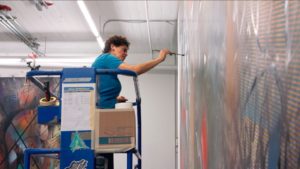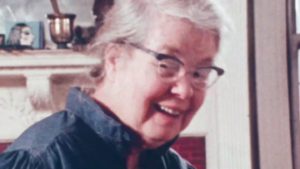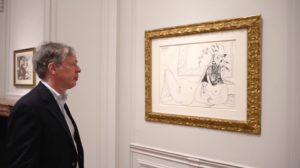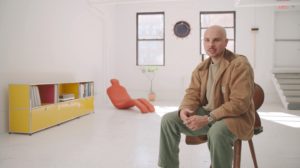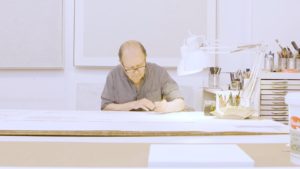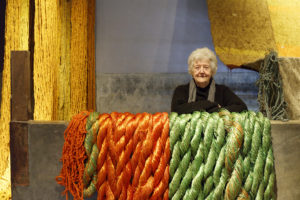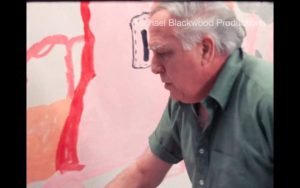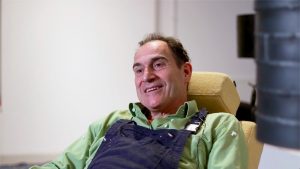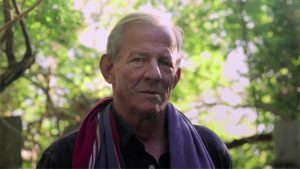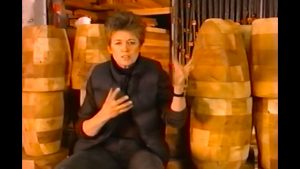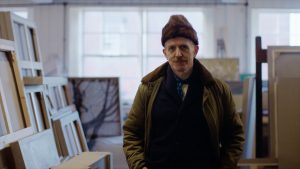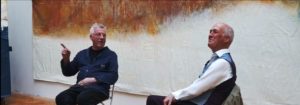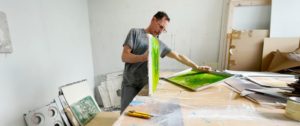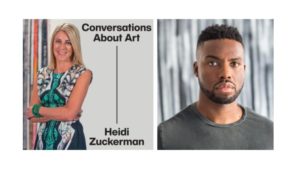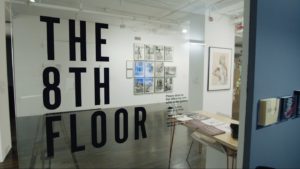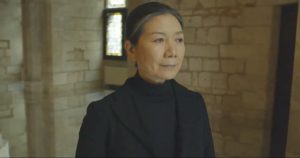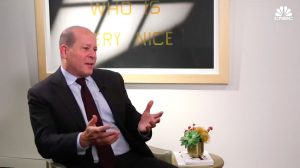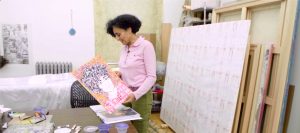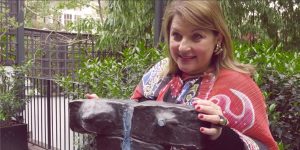“The social conditions will create the resistance. So when the social conditions start getting so hard for people, it’s so unjust – which is what it is now – then they’re going to resist.” — Sue Coe
Legendary artist, printmaker, and activist Sue Coe (b. 1951, Tamworth, United Kingdom) is currently featured in a fearless, rip-roaring exhibition at Galerie St. Etienne in New York. It Can Happen Here is exactly as advertised: an unflinching examination – and, we might argue, evisceration – of our current political state. The exhibition traces Coe’s printmaking activities over the last four years, starting with her prophetic 2016 print, It Can Happen Here.
Looking back to 2012, Coe participated in a pilot artist-in-residence in printmaking program at Parsons School of Design, in the midst of the Occupy Wall Street movement. In this video from Parsons, Coe discusses how her printmaking is informed by her political views, as she creates her print, Wall Street Walk (2012).
From Parsons:
A collaboration between artist Sue Coe, Parsons Printmaking Program, Vera List Center, The New School Art Collection
Born in England, Sue Coe came to the United States in 1972 and began work as an illustrator for the op-ed page of the New York Times. Since then she has contributed her drawings to The Nation, Entertainment Weekly, The Progressive, The New Yorker, Rolling Stone and Artforum, among other publications, as well as authoring four books. She focuses on political and social systems and has brought into stark visual forms the violence of racism in the United States, famine in Africa, Apartheid, AIDS, and the atrocities of factory farming. Coe says she is able to pursue her artistic activism because she is an optimist. She believes that when wrongs are revealed to people, they will listen, contemplate the situations, and in many cases take action. Says Coe, “I couldn’t do what I am doing if I believed otherwise.”
This public presentation is a part of an Artist-In-Residence pilot program, sponsored by Parsons School of Art, Media + Technology, The Vera List Center for Art and Politics, The Curatorial Research Lab, The New School Art Collection, and the Illustration Program.


